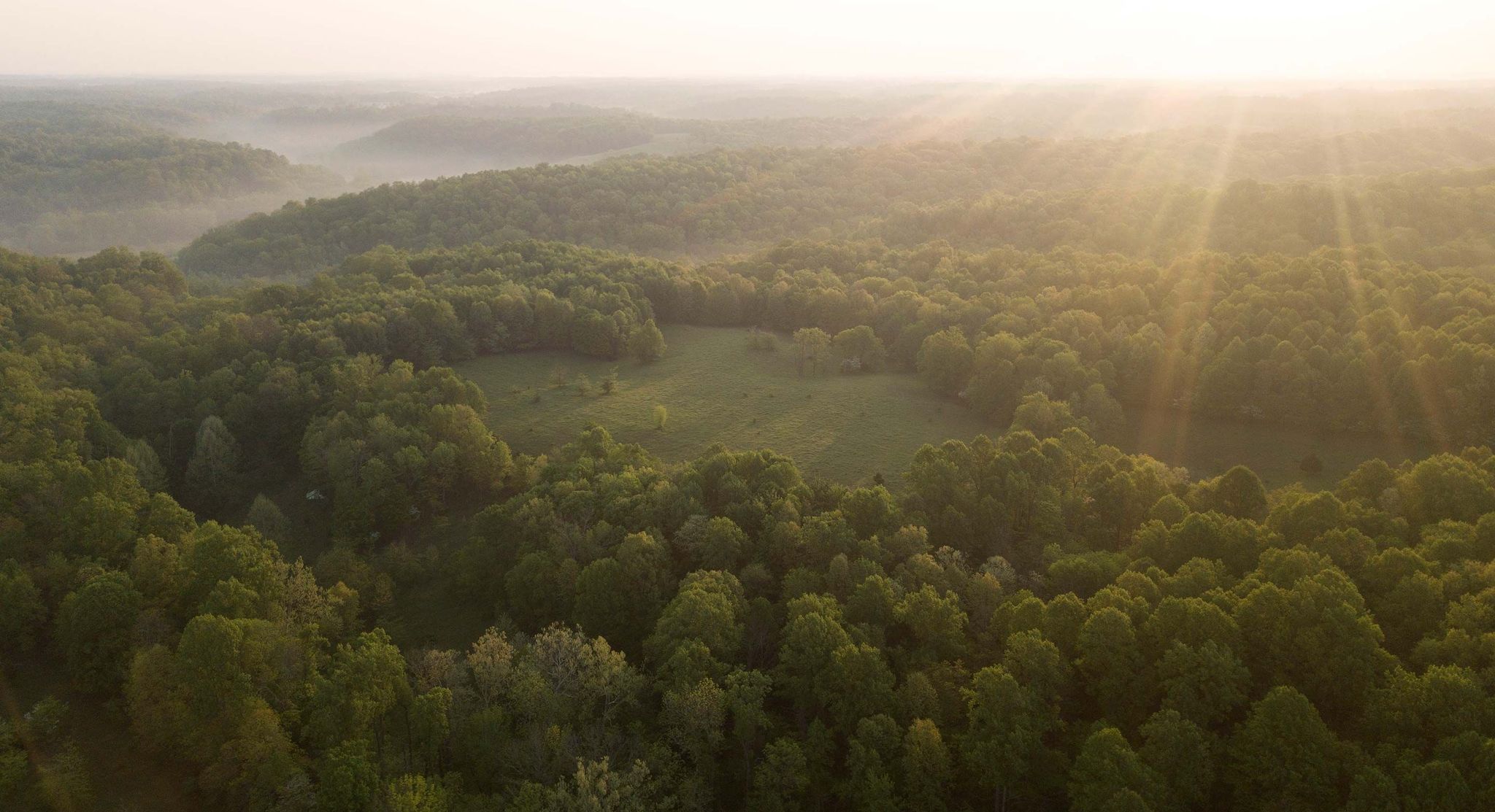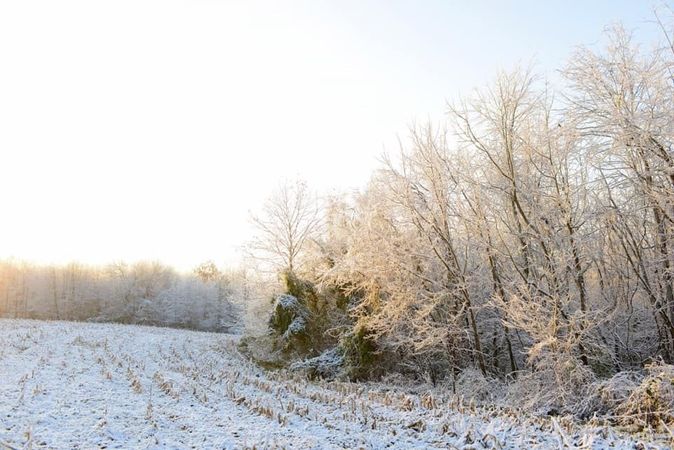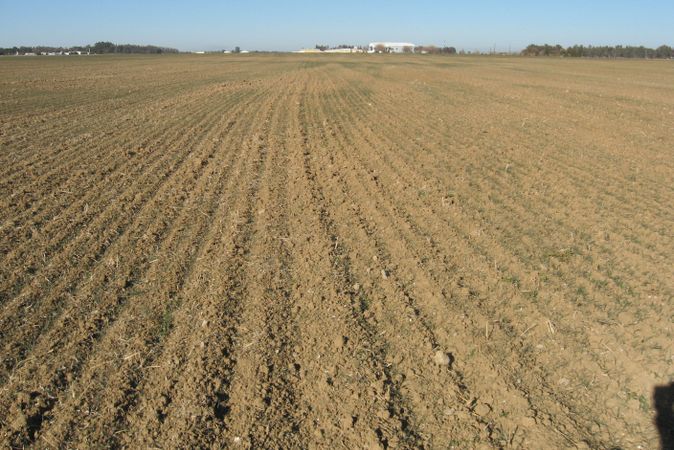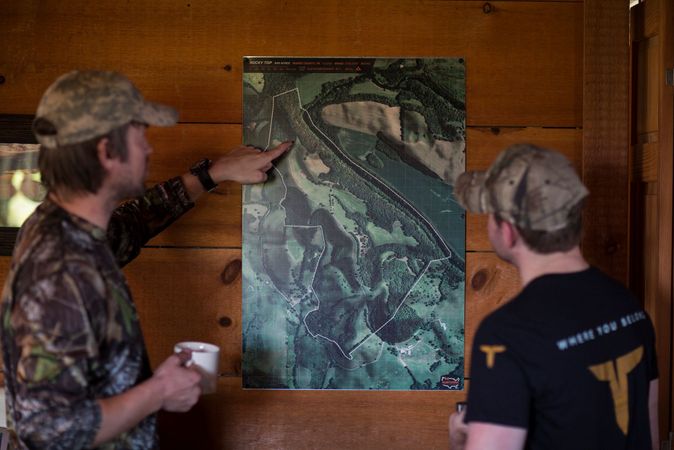Never plant warm-season vegetation until after Easter. If put in the ground too early, they’re susceptible to a late, unexpected frost and ground temperatures unsuitable for ideal growth and output. Right now, we’re planning a spring garden that we hope will produce more tomatoes, squash, cucumbers, peppers and other fresh vegetables than we can eat. The excess leaves us in good favor with neighbors, friends and family. Even an excuse to learn canning.
Create a Compost Pile
Throughout the year, we keep a compost pile out near the garden that’s laden with just about anything that’s not a meat byproduct, including egg shells, coffee grounds, and vegetables and fruit peels, cores and stems. All of that coupled with some nitrogen-rich chicken manure and we rarely need to buy fertilizer. And if you’re a fisherman, the compost pile is a primo spot to dig for nightcrawlers and grubs.
As the weather warms, simultaneously raising the temperatures of the below-surface soil, we’ll begin breaking ground with a rototiller. After giving it a good once-over, we’ll cover the entire garden area with a layer of compost, about one inch thick, and work it in with the tiller. Let it sit for a week so that the nutrients from the compost mix have time to blend with the soil.
If you haven’t had the opportunity to start a compost pile, that is going to present you with no problems whatsoever. You can purchase potting soil and fertilizer at your local garden store or Co-Op to create a great foundation for your garden.
The Garden’s Layout
Speaking of the garden’s foundation, let us back up a bit and talk about the garden’s layout. Ours is about six feet wide and 50 feet long. This makes it easier to access all the plants. If your garden is too squared, it’s going to be hard to find the vegetables beneath the undergrowth in the dead center. You also run the risk of stepping on and squashing the unseens. Another advantage of a long garden is that maintenance is a lot easier to handle. For instance, you can see weeds that need pulling without venturing in too far whereas a young tomato plants may get smothered early in the growing process in a square garden without you realizing it. Same with something too circular.
Your garden needs to be in a sunny spot that drains well. Hopefully we won’t see the same drought that plagued much of the country last summer. But if you need to water regularly, having the garden close to the house or barn will give you easy access to a hose.
What Goes First
Lettuce goes in the ground first because it’s more of a cool-season crop. Garden grown lettuce is higher in Vitamin A and tastes way better than the grocery store variety, most of which has traveled hundreds if not thousands of miles to your refrigerator. We typically plant enough seeds to produce about eight to 10 heads of Romaine (personal preference). Potatoes and onions go next, about a week later, because they can both withstand colder temperatures with no problem.
Potatoes, such as these Yukon golds, are a vegetable worth considering when planning a spring garden.
What Goes Next
These are the warm-season vegetables - tomatoes, squash, cucumbers, peppers - that we mentioned shouldn’t go into the ground until after Easter. In the tomato category, we typically plant cherry tomatoes, heirlooms and beefsteaks. We like to provide support with either a trellis or cage for both the bush and vine tomatoes. This will keep the fruit off the ground where it will rot quickly after ripening. Also, if let run free, tomato plants can create chaos in the garden, especially when the vines intermingle with squash. It’ll be a jungle you’ll have a hard time sorting through.
Once the garden is laid out and planned, it’ll be easier to move on to the next step, planting, which we’ll cover in our next blog. Depending on what part of the country in which you reside, timing could be off a bit. Wherever you live, watch the extended forecast and prepare to get going shortly after what we’ll hope is the last frost of the year.







